
Trees
At Source’s garden center you are sure to find the perfect tree to complement your space. Trees offer multiple noteworthy benefits such as providing shade and privacy, increasing property value and even contributing to a person’s well-being.
We offer many types of trees, some of our most popular varieties include fruit trees, lilas, maple, Japanese maple, birch, crab-apple and magnolia trees.
Learn more about what factors to consider to find out which tree will best suit your needs. Once you decide on the type of tree for you, make sure to read about our planting tips to help ensure that your tree establishes itself well in its new home.
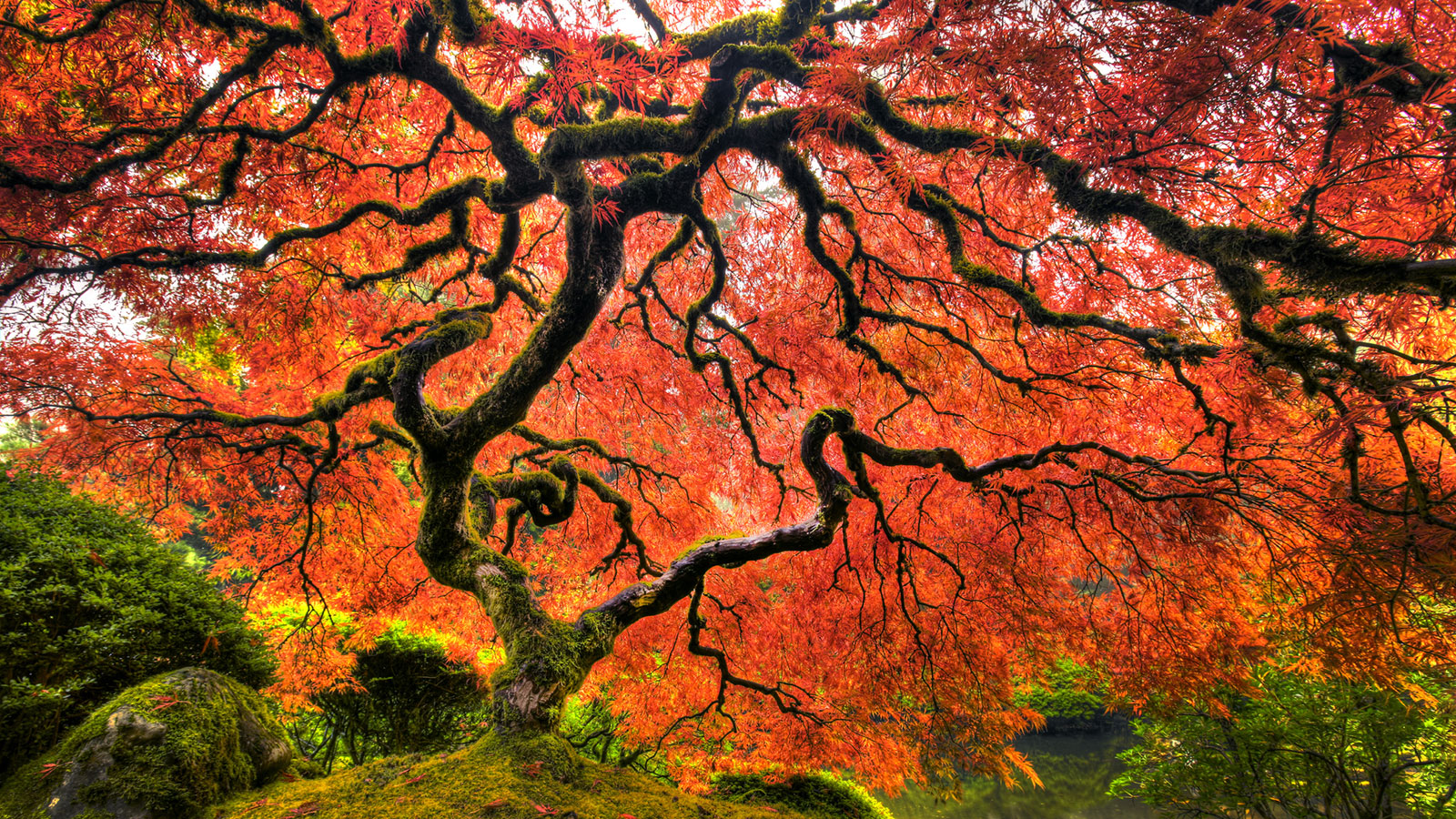
Important Factors When Choosing a Tree
Before deciding what type of tree is best for your space, it is crucial to plan ahead and answer the following questions. For additional guidance, you can always consult our knowledgeable staff at the garden center.
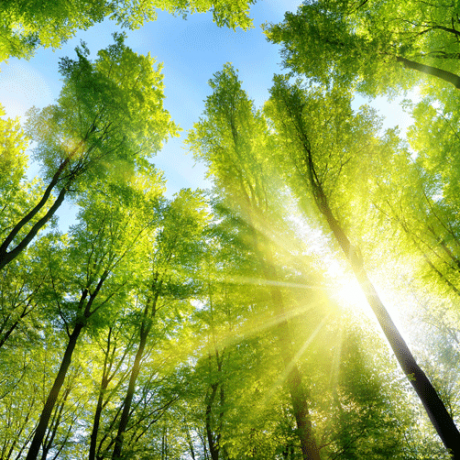
What is the tree height at maturity?
When making your selection consider how tall the tree will get at maturity.
Where do you intend to plant it?
Are there any power lines, structures or other trees that may conflict with its growth?
Will the tree still fit in the space once mature?
Trimming a tree can be costly and can disfigure a tree, so it is to your benefit to ensure that there are no issues.

What is the tree width at maturity?
Just as with height, it is important to keep in mind the width of a tree when it reaches maturity. One must be aware of various clearance regulations as you do not want the tree to block access to ground-level equipment such as transformers or switches. You also need to consider if the tree will eventually overcrowd your space or impede on your house when it is fully grown.
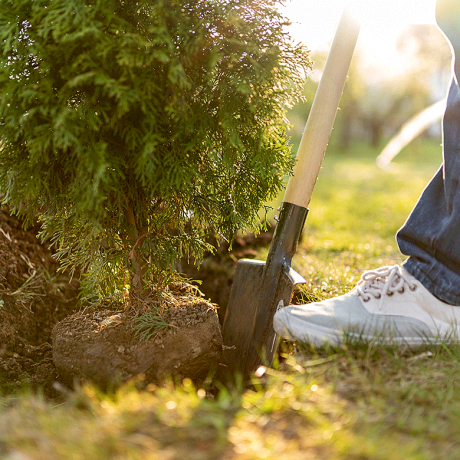
Are there any buried wires and cables?
Before doing any digging you must be aware of any buried wires and cables on your property as this can be an issue should the roots come into close proximity. Contact your municipality to locate underground utilities.
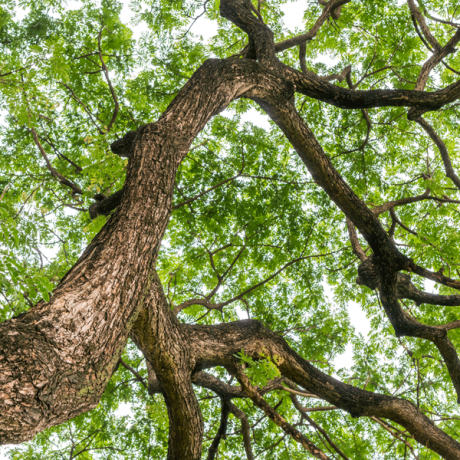
What type of canopy does the tree offer?
If your goal is to create shade, it is important to consider the canopy (i.e. the layer of leaves and branches that cover the ground when seen from above) as its density will determine whether you will have light or dense shade. Would a deciduous tree or a coniferous tree be more appropriate for your space?
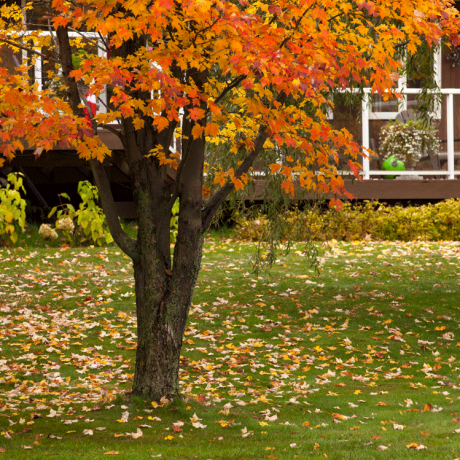
What amount of debris should you expect?
One must also think about the amount of debris created by trees. Some types of trees will drop a few branches, others will shed fruit or nuts. Consider your lifestyle and what amount of time can be committed to maintenance, as the extent of the tree’s debris will vary and determine what type of clean up to expect.
Tree Planting Tips
- Limit stress
Plant the tree as soon as it is on your property. If you are unable to do so, leave the tree in a shaded area and keep the soil and roots moist. - Prep the planting location
The depth of the hole should match that of the root ball, while the width of the hole should be 2-3 times the root ball. - Prep the root ball
If covered, unwrap the root ball and cut/remove any circling roots to facilitate growth. - Plant your tree
The top of the root ball must be flush with the top of the hole. Ensure that the tree is vertical and fill the hole with the native soil or a good quality soil, pack firmly to ensure that there are no air pockets. Stake if necessary. - Keep soil moist
Water at least once a week or more frequently during hot and windy conditions. Adding mulch will help keep the soil moist, but ensure to leave a 2” mulch free zone to prevent moist bark.
For more tree tips and useful information consult our FAQ page.
Tree Types
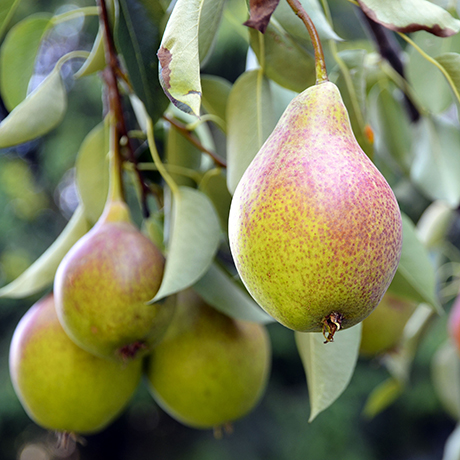
- Pear Tree
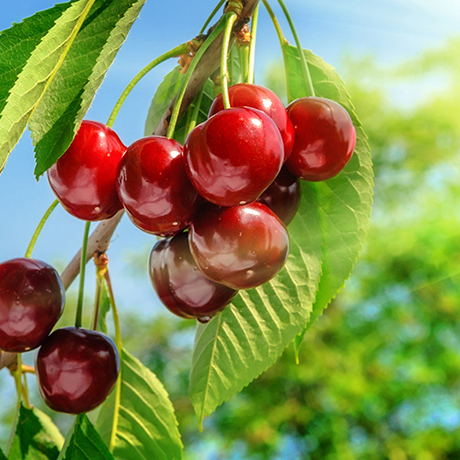
- Cherry Tree
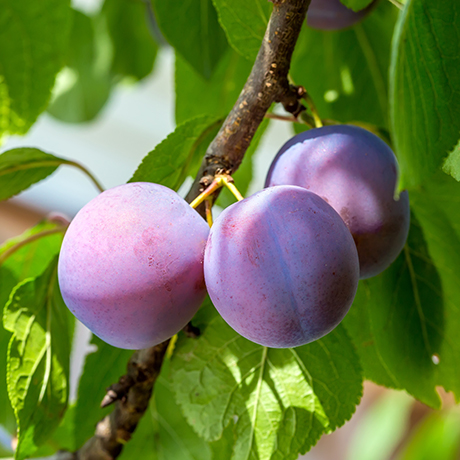
- Plum Tree
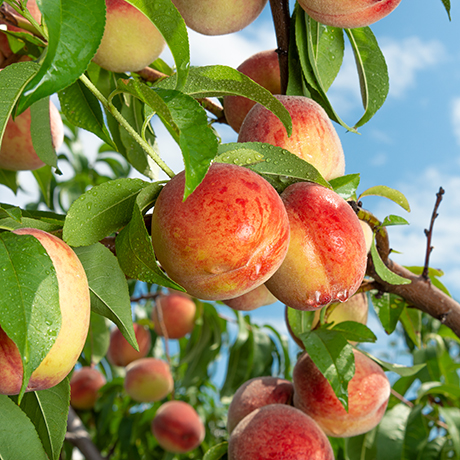
- Peach Tree
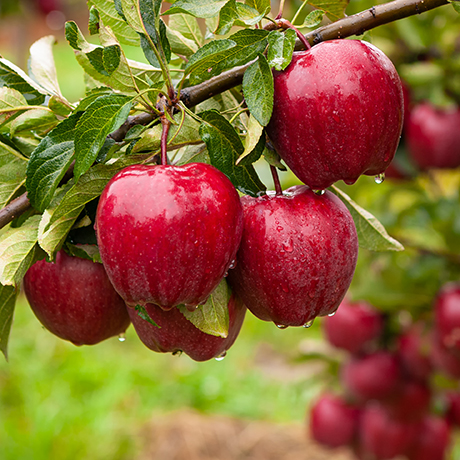
- Apple Tree
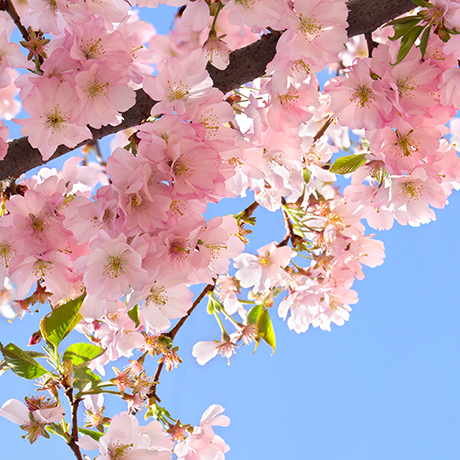
- Cherry Blossom Tree
